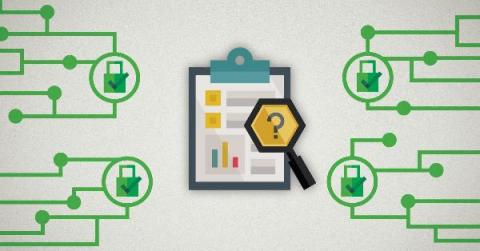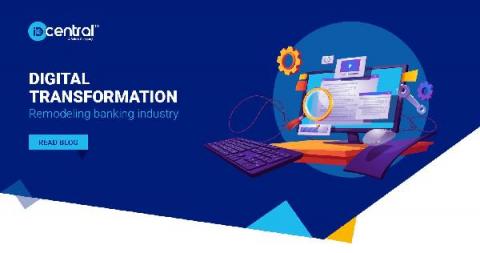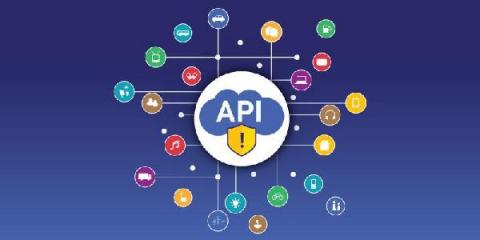Glance at 2020-21 eKYC mandates: Milestones India achieved on its digital journey
As India embraces the digital transformation and aligns with post pandemic lifestyle, working from home, shopping online, and managing money digitally has conveniently become a routine for us. This quick shift in the industry wouldn’t have been possible without quick regulatory advancements by government. Giving convenience a priority, critical functions like opening a bank account, lending a loan, large transactions, are now possible on fingertips.








